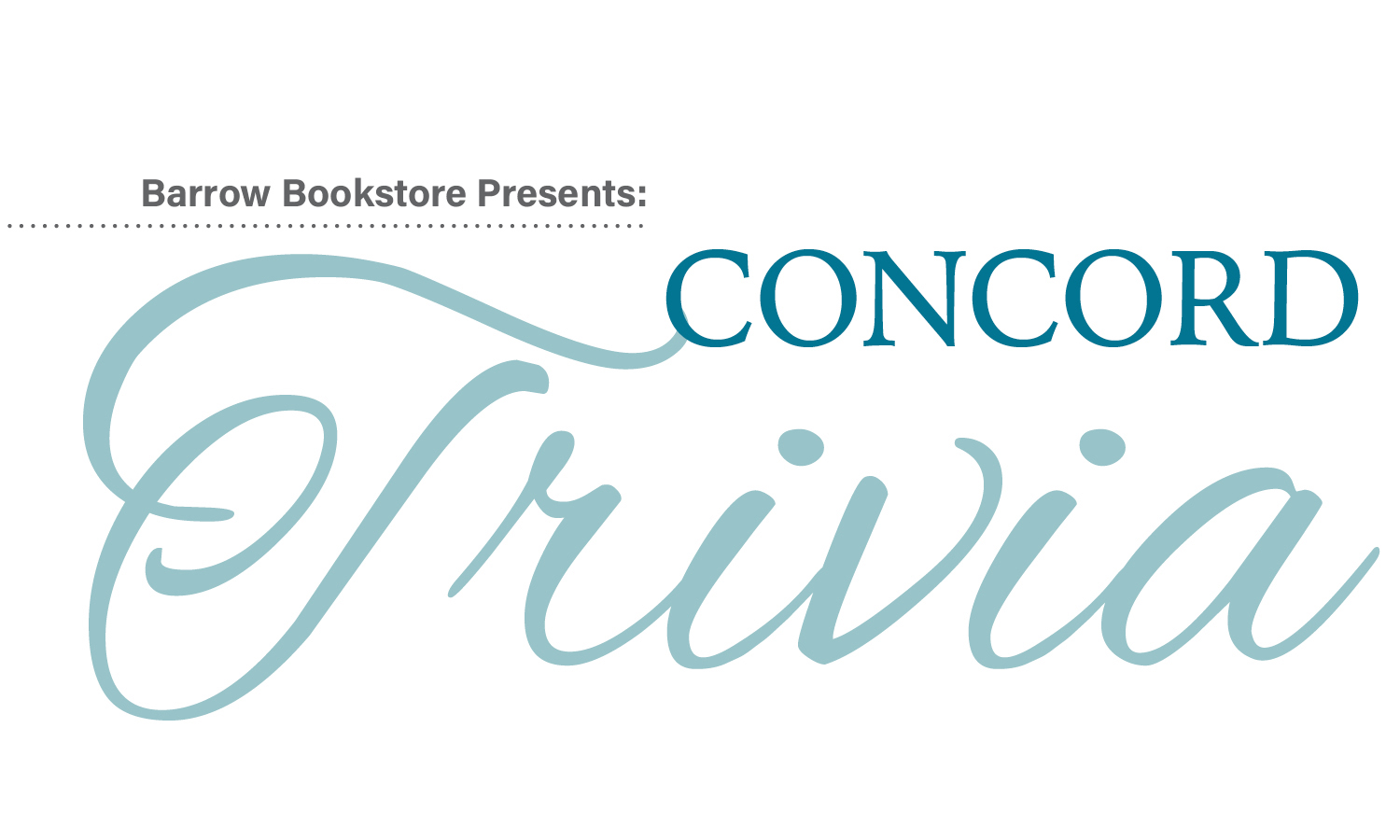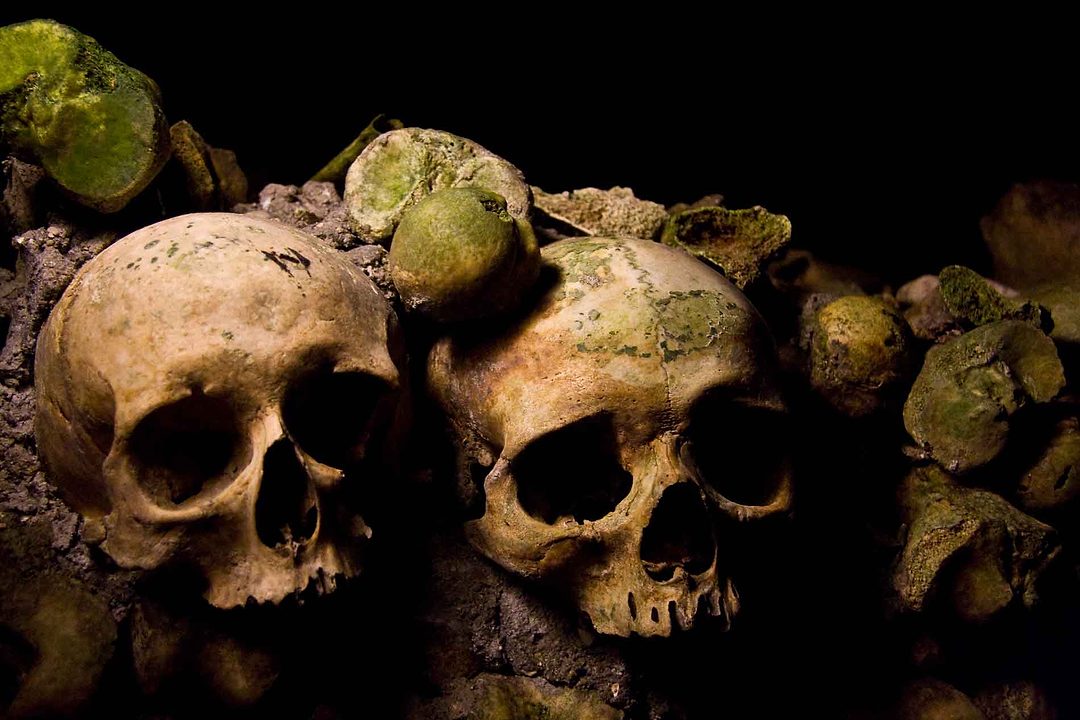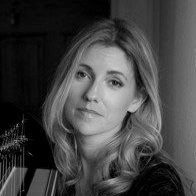
Questions 1-5: Fall is here. After the last few years of COVID, nobody wants to hear “it’s flu season” ever again, so, instead, try your properly washed hands at these trivia questions related to ailments of the past.
QUESTIONS
1. The year is 1675. You are one of the early Concord settlers who moved from England forty years ago. You are now suffering from “King’s Evil” (aka scrofula), a tuberculosis swelling of the lymph glands. You know the cure for this is:
a)
Being touched by the king or queen
b)
Being baptized by town minister
Peter Bulkeley
c)
Full submersion in Concord’s milldam
at midnight
d)
Drinking an infusion of Queen’s Delight (Stillingia Sylvatica) and Holy Basil
Click to show the answer
a) Being touched by the king or queen
b) Being baptized by town minister Peter Bulkeley
c) Full submersion in Concord’s milldam at midnight
d) Drinking an infusion of Queen’s Delight (Stillingia Sylvatica) and Holy Basil
Answer: A. Being touched by the king or queen. In England, until the early 18th century, it was thought sufferers of “King’s Evil” could be cured by a touch from the monarch. During his reign from 1660-1682, King Charles II touched over 90,000 sufferers. But you chose to move to America, so good luck, peasant.
2. John Winthrop Jr., the son of the first governor of Massachusetts, has moved to Connecticut where he becomes their first governor and practices alchemy. Concord’s founding minister, Peter Bulkeley, has family living in Connecticut and they tell you about a magical black powder developed by John Winthrop Jr. that he believes will cure plague, fevers, and smallpox. This powder is
made of:
a)
Ground moss grown on the skull of a thief hung in chains
b)
Bleached bones of plague victims
c)
Toads baked in the outdoor air in a half-full earthen pot
d)
It doesn’t matter because you’ll accept your fate before you touch this powder
Click to show the answer
a) Ground moss grown on the skull of a thief hung in chains
b) Bleached bones of plague victims
c) Toads baked in the outdoor air in a half-full earthen pot
d) It doesn’t matter because you’ll accept your fate before you touch this powder
Answer: C. Toads baked in the outdoor air in a half-full earthen pot. As described by Ralph Waldo Emerson’s good friend, physician Oliver Wendell Holmes in his 1861 book Currents and Counter-Currents in Medical Science, Winthrop’s black powder was made “by calcining toads in an earthen pot” and was a “choice remedy” that could be “taken internally or applied to any outward grief.”
3. Like an elephant in the parlor, we can’t leave the above “ground moss grown on the skull of a thief hung in chains” hanging... By the time Concord was founded in 1635, views of medicine were changing. But a few old school physicians still made it here from England and if they attended to you after you suffered a bleeding wound, you might be treated with “weapon salve” made of “moss grown on the skull of a thief hung in chains” and a mix that could include:
a)
Powdered toad, softened beeswax, and holy water
b)
Dried red clay, bayberry leaves and oxtail
c)
Bear grease, boar fat, wine, mummy (samples obtained from mummified corpses), and blood
d)
Sympathetic powder (powder made from blood-stained clothes)
Click to show the answer
a) Powdered toad, softened beeswax, and holy water
b) Dried red clay, bayberry leaves and oxtail
c) Bear grease, boar fat, wine, mummy (samples obtained from mummified corpses), and blood
d) Sympathetic powder (powder made from blood-stained clothes)
Answer: C. Bear grease, wine, mummy, and blood. Believed to have been the idea of 16th century Swiss physician Paracelsus, “weapon salve” worked (or did not work) its magic without touching the patient. The weapon that caused a person’s wound was dipped into the injured person’s blood then immersed in the salve. Sympathetic or magnetic powers would then heal the person. Centuries later, in 1842, Oliver Wendell Holmes viewed remedies like this as “absurdities.”
4. In 1862, Louisa May Alcott left Concord to work as a nurse in a Union hospital in Washington, DC. She contracted typhoid fever and was treated with a medicine that ultimately destroyed her health. Alcott family friend Dr. Oliver Wendell Holmes, Sr. likened this medicine to “bacon and eggs” that hoteliers serve guests when they don’t know what else to give them. The medicine was:
a) Apple Vinegar with Arsenic
b)
Dalby’s Carminative
c) Quinine
d)
Calomel
Click to show the answer
a) Apple Vinegar with Arsenic
b) Dalby’s Carminative
c) Quinine
d) Calomel
Answer: D. Calomel. A mercury chloride mixture, the medicine likely caused Louisa to suffer from effects of mercury poisoning the rest of her life.
5. Moving on to better medicine, Concord’s Emerson Hospital was founded in 1911 and named in honor of:
a)
Concord’s “Patriot Minister,” Reverend William Emerson
b)
Reverend William Emerson’s daughter, Mary Moody Emerson, who slept in a shroud and was ready for death at any moment
c)
Transcendentalist and writer Ralph
Waldo Emerson
d)
Charles Emerson, nephew of Ralph
Waldo Emerson
Click to show the answer
a) Concord’s “Patriot Minister,” Reverend William Emerson
b) Reverend William Emerson’s daughter, Mary Moody Emerson, who slept in a shroud and was ready for death at any moment
c) Transcendentalist and writer Ralph Waldo Emerson
d) Charles Emerson, nephew of Ralph Waldo Emerson
Answer: D. Charles Emerson, nephew of Ralph Waldo Emerson. Charles and his wife, Theresia, lived in Concord. In 1910, Theresia was terminally ill and treated by Deaconess Hospital in Brookline. After her death, Charles donated $20,000 and 80 acres of land along the Sudbury River to the New England Deaconess Association for them to build a fully equipped hospital in Concord.
Questions 6 – 8: Busy Septembers
6. In September of 1774, Concord residents were busy doing which of the following. Choose all that apply.
a) Candle making
b)
Canning and preserving fruits and vegetables
c) Preparing the harvest
d) Stashing weapons and powder
throughout town
Click to show the answer
a) Candle making
b) Canning and preserving fruits and vegetables
c) Preparing the harvest
d) Stashing weapons and powder throughout town
Answer: A, B, C, and D. All of them.
7. In September of 1868, this now-famous book by a Concord author was published:
a)
Little Women, Part First by Louisa May Alcott
b) Nature by Ralph Waldo Emerson
c) The House of Seven Gables, by Nathaniel Hawthorne
d) Walden; or, Life in the Woods, by Henry
David Thoreau
Click to show the answer
a) Little Women, Part First by Louisa May Alcott
b) Nature by Ralph Waldo Emerson
c) The House of Seven Gables, by Nathaniel Hawthorne
d) Walden; or, Life in the Woods, by Henry David Thoreau
Answer: A. Little Women, Part First by Louisa May Alcott. Published by Roberts Brothers, Louisa’s Little Women was a huge success with young readers who wanted more. Little Women, Part Second was published in 1869. Today, the two volumes are usually printed in one volume.
8. On September 16, 1940, the United States Post Office issued a stamp honoring this Concord resident whose monumental legacy remains today in Concord and throughout America:
a) Major John Buttrick
b)
Amos Bronson Alcott
c) Daniel Chester French
d)
Franklin Benjamin Sanborn
Click to show the answer
a) Major John Buttrick
b) Amos Bronson Alcott
c) Daniel Chester French
d) Franklin Benjamin Sanborn
Answer: C. Daniel Chester French. French grew up in Concord in a house on Sudbury Road. As a teenager, he took art lessons from May Alcott, the younger sister of Louisa May Alcott. French sculpted several monuments in Concord, including the “Minute Man Farmer” at the North Bridge and “Mourning Victory” in Sleepy Hollow Cemetery. Outside of town, his work includes the seated statue of Abraham Lincoln at the Lincoln Memorial in Washington DC.
9. If you’re in town seeking a ghost, you might find one:
a) In the Colonial Inn dining room
b)
In room 24 or 27 at the Colonial Inn
c) On the porch of the Colonial Inn
d)
In the hallways of the Colonial Inn
e)
Any of the above
Click to show the answer
a) In the Colonial Inn dining room
b) In room 24 or 27 at the Colonial Inn
c) On the porch of the Colonial Inn
d) In the hallways of the Colonial Inn
e) Any of the above
Answer: E. Any of the above. The National Trust for Historic Preservation lists the Colonial Inn among the top haunted Historic Hotels in America.
10. In 1891, William Brewster, an amateur ornithologist and first president of the Massachusetts Audubon Society, purchased land on Ball’s Hill Road in Concord. Over time, he expanded the property to include 300 acres between the Concord River and Monument Street. Today, 80 acres of that land have been preserved by the Town of Concord and the Land Trust and are open to the public. Brewster’s property was called:
a) Brook Farm
b)
October Farm
c) Fruitlands
d)
Drumlin Farm
Click to show the answer
a) Brook Farm
b) October Farm
c) Fruitlands
d) Drumlin Farm
Answer: B. October Farm. For a trail guide, visit the Town of Concord website: concordma.gov/DocumentCenter/View/33075/October-Farm-Riverfront-Trail-Guide
Contact Barrow Bookstore for a list of sources. Barrowbookstore@gmail.com.
————————————————————————
For more than 50 years, Barrow Bookstore has been a favorite of residents and visitors alike, specializing in Concord authors and history, children’s books and literature. The shop also provides a wide array of gently read and rare titles ranging from paperbacks to first editions and original manuscripts. Staff members have all worked as tour guides and reenactors in Concord and are happy to share their knowledge about the town and its history. Discover more at barrowbookstore.com.


